Frederiksværk
Marina near Frederiksværk
Latitude
55° 57’ 47.4” NLongitude
11° 59’ 48.2” EDescription
Sport boat harbour north of the industrial harbour at the north-eastern tip of Roskildefjord.
NV Cruising Guide
Navigation
The approach is only recommended for those unfamiliar with the area during the day. From the buoyed fairway to the industrial harbour, steer north towards the entrance to the marina.
Berths
Guests can find moorings at bridge 5. The water depth is 2.3 - 2.8 m. However, noise and dust pollution from the steelworks and waste incineration plant are not insignificant. The industrial harbour and the former marina are closed for recreational shipping.
Surroundings
Behind the façade of the steelworks is the large club harbour of the local sailing club with all the necessary service facilities, as well as a town well worth seeing, where good supply facilities are available.
NV Land Guide
The industrial backdrop of Frederiksværk is at first more a reason to sail away than to sail in. Concrete, corrugated iron and steel form the "welcoming committee". The deterrent silhouette of the shore is mainly shaped by a huge steel rolling mill.
Large production facilities have a tradition here, because Frederiksværk was Denmark's first industrial town. The town's main attraction for tourists is therefore its surroundings. But the notoriously lazy sports boaters don't have to walk that far, because the town surprises in a positive way behind the ugly facade.
A canal, dug between Lake Arre and the Roskildefjord at the beginning of the 18th century, meanders through Frederiksværk and brings cosiness to the town. Numerous footbridges lead from one side of the canal to the other between green spaces, front gardens and houses standing close together. King Frederik IV did not have an idyll in mind when he built the moat. The aim was to drain Lake Arre because the largest Danish lake overflowed its banks after heavy downpours and flooded the country. In addition, water energy could be harnessed because the lake is higher than the fjord.
A museum by the canal commemorates an earlier industry in the town, the (gun) powder mill museum. Several old black powder mills with associated workshops and a watermill are part of the more than one hundred year old site, all still equipped with the old rollers and machinery. The visitor is informed about the history of powder from the time around 1200 to the present. The composition (saltpetre, sulphur and charcoal) and production of powder are illustrated by schematic overviews and copies of old powder mill drawings. The pulverizing, blending and polishing rollers are still intact. However, driven by a waterwheel or electric motors from the 1920s, they run empty, as no powder has been produced in Frederiksværk since 1965.
It was dangerous to work in the powder mill. Straw shoes were on display to prevent pebbles caught in the tread of shoe soles from spraying sparks as they walked.
A grounded metal ball discharged static electricity when touched. Not even cursing allowed General J.F. Classen, founder of the first powder mill (1756). Nevertheless, heavy explosions occurred, the first time in 1758 and the last time in 1957.
The city supplied the Danish army not only with powder, but also with weapons. For many years, the museum building "Arsenalet" stored the cannons from the factory after which the city got its name. A few metres from the Arsenal is the "Projektilmagasinet". Where powder was once stored, a general store from the turn of the century has been set up.
The old cannon foundry in Gjethusgade is now used to display works of art. A restaurant and concert hall are also located here, as is the tourist office.
With a bicycle, a trip to Maglehøj, two kilometres southeast of town, is recommended, where you can perch 70 metres above the action. Once you've had a breather, enjoyed the view and regained your strength on the descent, the next destination is the Birkely Museum Farm (another three kilometres to the south-east). The farm was built in 1860 and shows the development of Danish agriculture in words and pictures. If you still feel like cycling, you could turn north of Frederiksværk to the seaside resorts of Liseleje and Tisvildeleje on the Kattegat beach. Between the two lies a large wooded area, originally created to fortify the shifting sand dunes. It is worth making a detour on the tour to see the mill at MeIby, four kilometres northeast of the town. It was built in 1878 and renovated a few years ago. But what is the use of the surroundings described in the brochure as the "most beautiful holiday paradise", if the smoke of the steel mill sticks into your cabin when the wind blows from the south. So: Only sail into Frederiksværk with constant winds from the other three cardinal directions.
Marina Information
| Max Depth | 2.8 m |
Contact
| Phone | +45 4772 1190 |
| Please enable Javascript to read | |
| Website | http://www.frv-havn.dk |
Surroundings
Electricity
Water
Toilet
Shower
Restaurant
Imbiss
Crane
Atm
Internet
Fuel
Grocery
Boatyard
Ramp
Public Transport
Bikerental
Garbage
Comments
You can add comments with the NV Charts App (Windows - iOS - Android - Mac OSX).
You can download the current version at nvcharts.com/app.
Buy nv charts covering this place Clicking one of the products will open the nv charts shop.
Places nearby
Related Regions
This location is included in the following regions of the BoatView harbour guide:
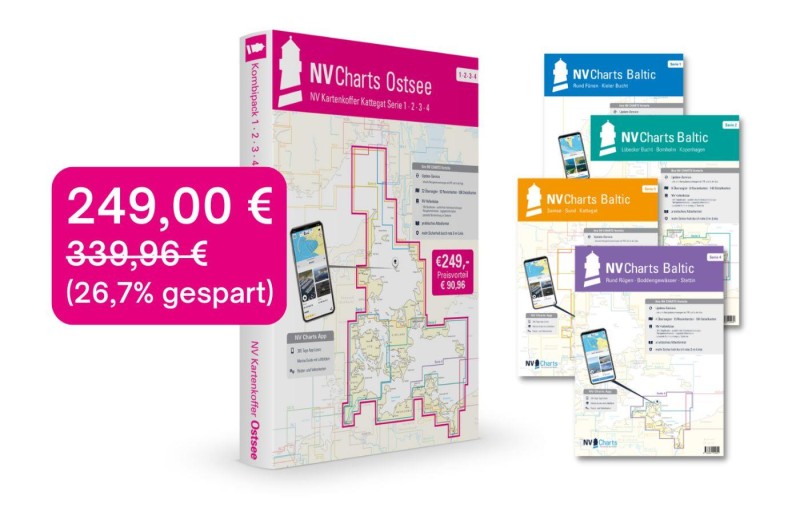
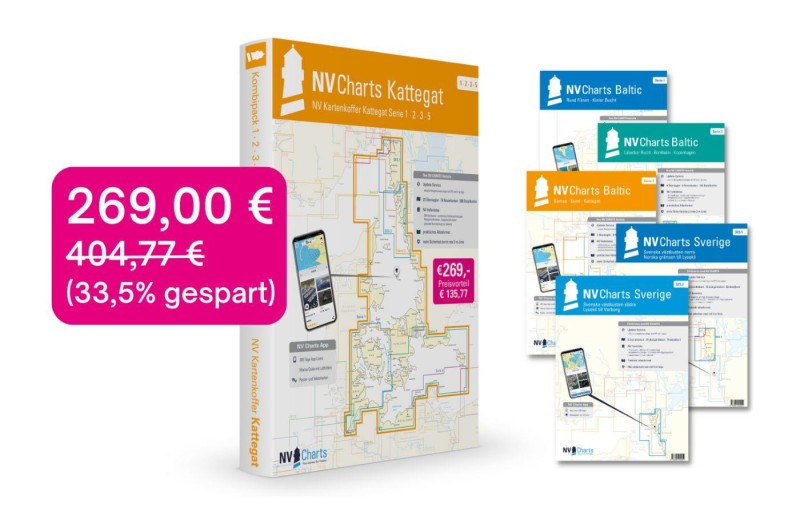
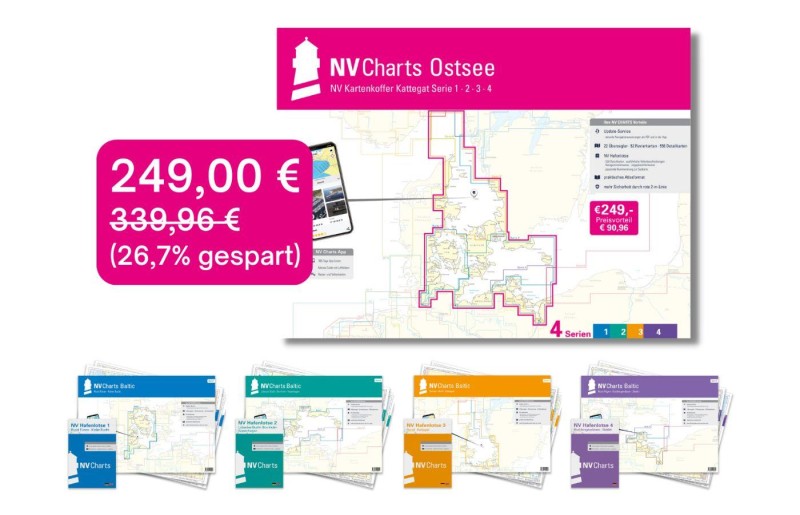
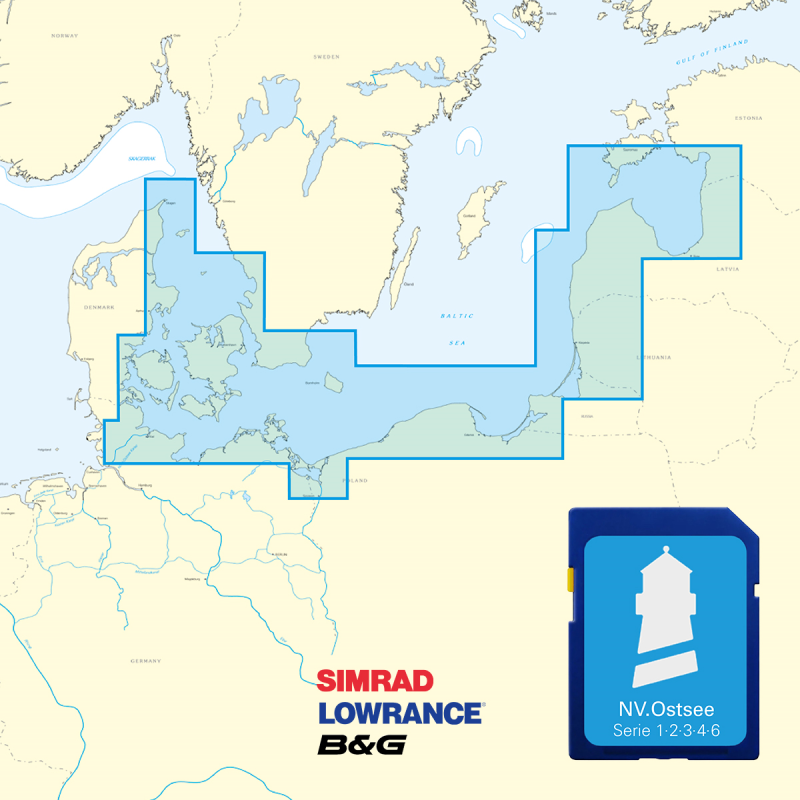
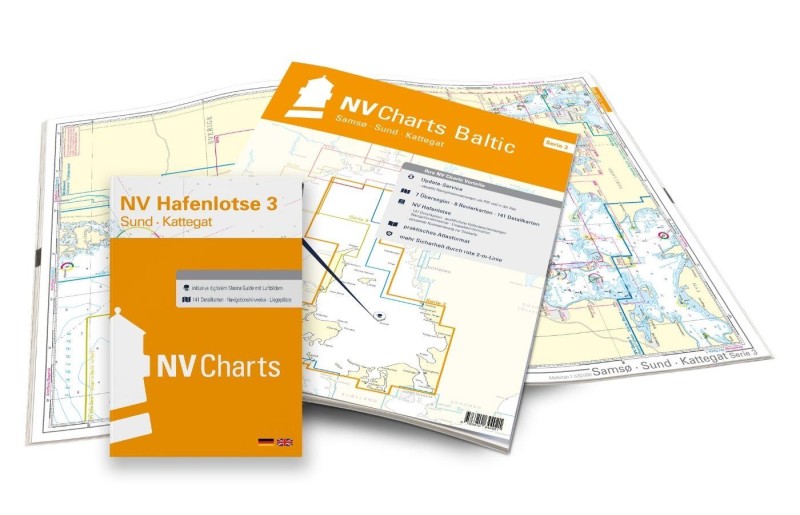
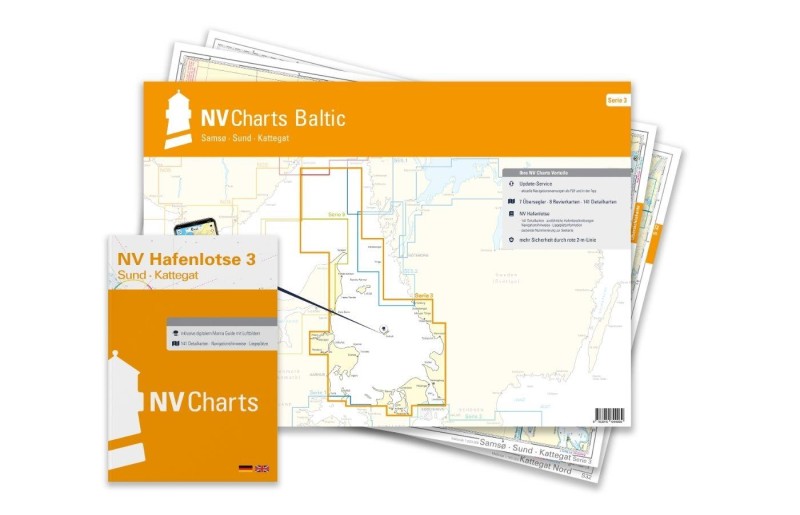
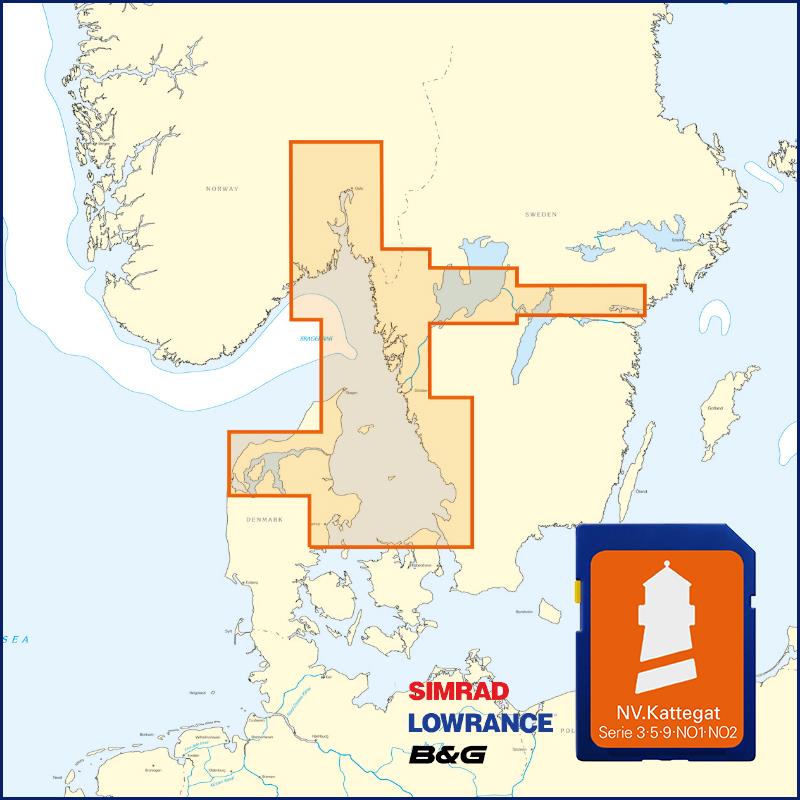
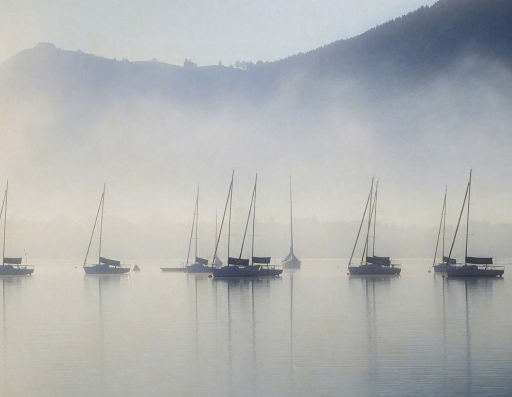
No comments or ratings have been added to this POI.